Driving on ice and snow
The Video Course teaches you everything about modern cars.
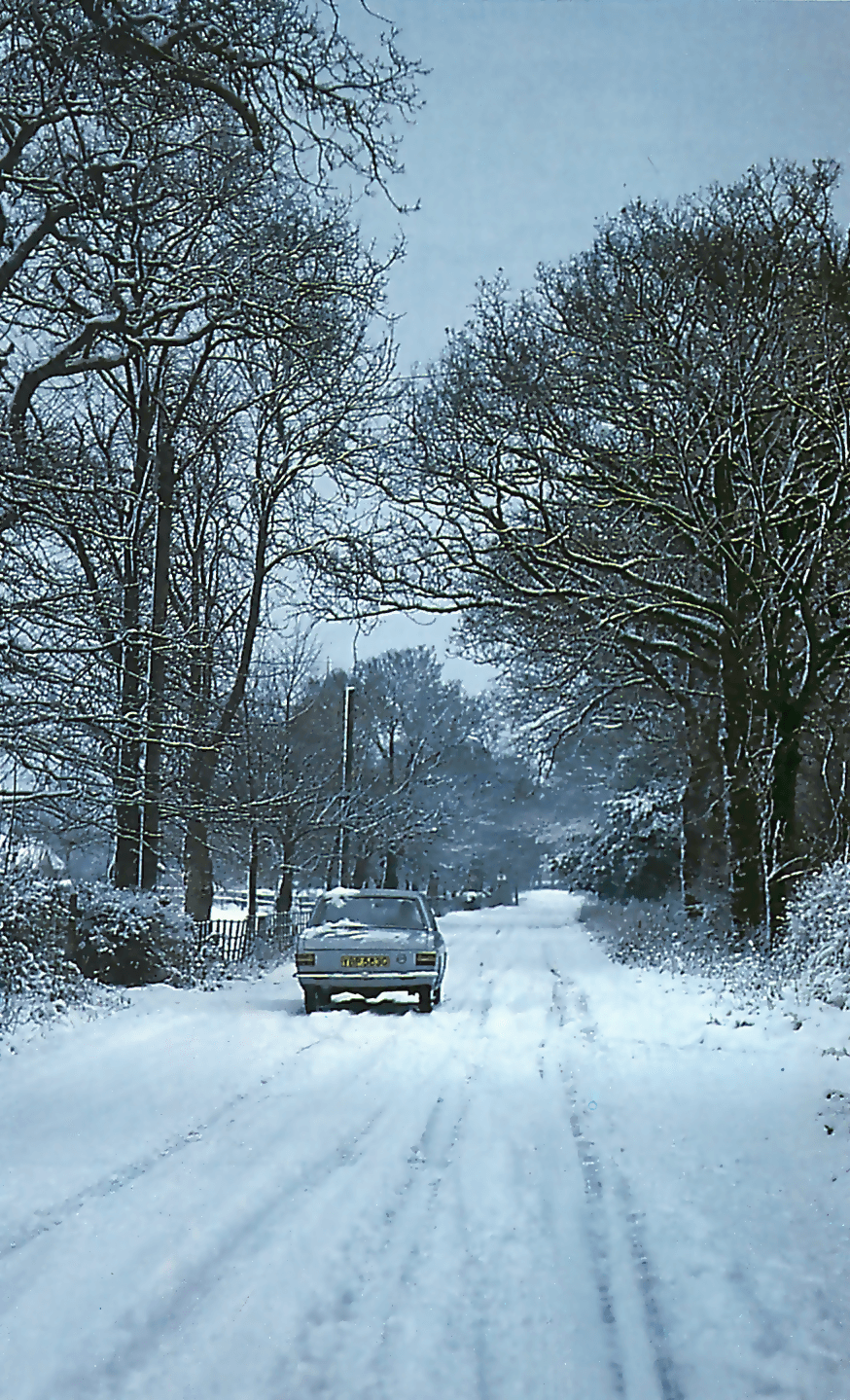
When the roads are covered in ice or snow, driving becomes much more dangerous. The tyres have less grip so the car takes longer to respond to the brakes, accelerator and steering. While this often catches out the unwary or inexperienced driver, you don't have to worry about driving in snow if you follow a few basic rules.
The golden rule of snow driving is to drive smoothly. The tyres are your only contact with the road, and the more work they have to do in actually trying to grip the road, the fewer reserves of grip they have for steering and braking.
Starting up from rest on a slippery road obviously means not using too many revs, and letting the clutch up gently. Don't be afraid to slip the clutch - the wheels won't skid if you feed the power in gently. Accelerate slowly, changing up into the higher gears as soon as possible. Try to leave plenty of room between yourself and the car in front so that you have enough time to take avoiding action. Also anticipate well ahead to give yourself time to adjust to changing traffic conditions.
Safety points to remember
Steering/braking
When driving on ice and snow, always turn the steering wheel smoothly. Try not to accelerate or brake when there is any steering lock applied as the car will tend to skid out of line. Slow down as gently as you can to avoid putting the car into a skid. Gently change down to a lower gear so that the engine braking will help slow the car down. Try not to let the clutch up with a snap or the wheels may lock.
If possible, only use the brakes when the car is travelling in a straight line. If the wheels do lock, release the brake pedal or you will slide straight on.
If you are climbing a hill with an icy road surface, try to keep the car going slowly forwards by thinking ahead and braking more gradually so that the car does not come to a complete halt.
Getting stuck
Occasionally, however careful you are, the car may get stuck in snow or be unable to make any headway on an icy road.
If the car is surrounded by deep snow, you will have to dig out a path through to the nearest clear stretch of road. Try to get the car going by feeding in the power gently. It may help to rock the car to and fro by switching between forward and reverse gears to build up the car's momentum.
The tyres can get much more grip on soft snow than on tightly packed snow, so avoid driving in the wheel-tracks of other cars on country lanes and side tracks.
Snow chains
In countries where snow and ice are more common than they are in the UK, motorists use snow chains or studded tyres.
Chains can be fitted to the tyres on the car's driven wheels, but they give a noisy and bumpy ride, making them more suitable for rough tracks than for main roads. Similarly, studded tyres would only be worthwhile for drivers who cover a lot of miles on side roads.
Whatever kind of tyres you have, pay particular attention to their pressures when road conditions are difficult - one tyre at the wrong pressure can unbalance the car and make control more difficult.
Contrary to popular belief, reducing the tyre pressure does not give the car better grip in ice and snow.
How to fit snow chains
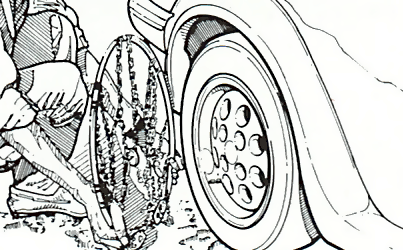
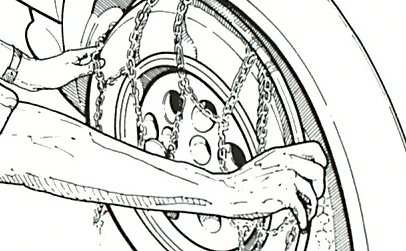
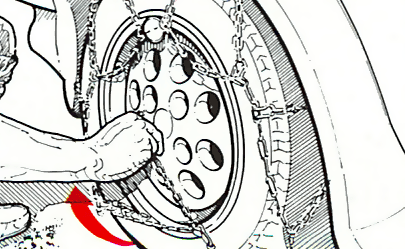
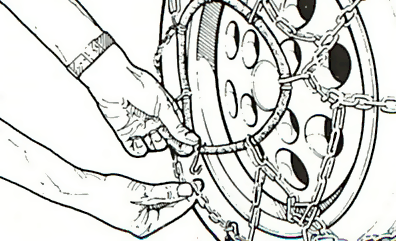
Anticipating ice
Some cars are fitted with a warning device that alerts the driver when the outside temperature falls to around freezing point . This does not tell you that the roads are icy, but it indicates that you should drive with more than the usual care.
In general, the more traffic there is on a road, the less chance of the road being icy. Ice is more likely to form on roads that do not have any camber , where pools of water can collect and freeze.
Similarly, ice will tend to linger in places that are shielded from the sun, such as under bridges and on narrow roads with high walls or hedges. Unless you are certain that there is no ice about, drive with the utmost caution and leave plenty of room between you and other cars.
The Ultimate Car Mechanics video course
Learn everything about modern cars from our new video series.
Learn more >-
We build a Mazda MX5 Miata from scratch
We start by tearing down and then rebuilding the whole car.
-
Every part explained
There's ridiculous detail on every part. Clearly and easily explained.
-
All modeled in 3D
We've created the most detailed 3D model ever produced so we can show you everything working.






